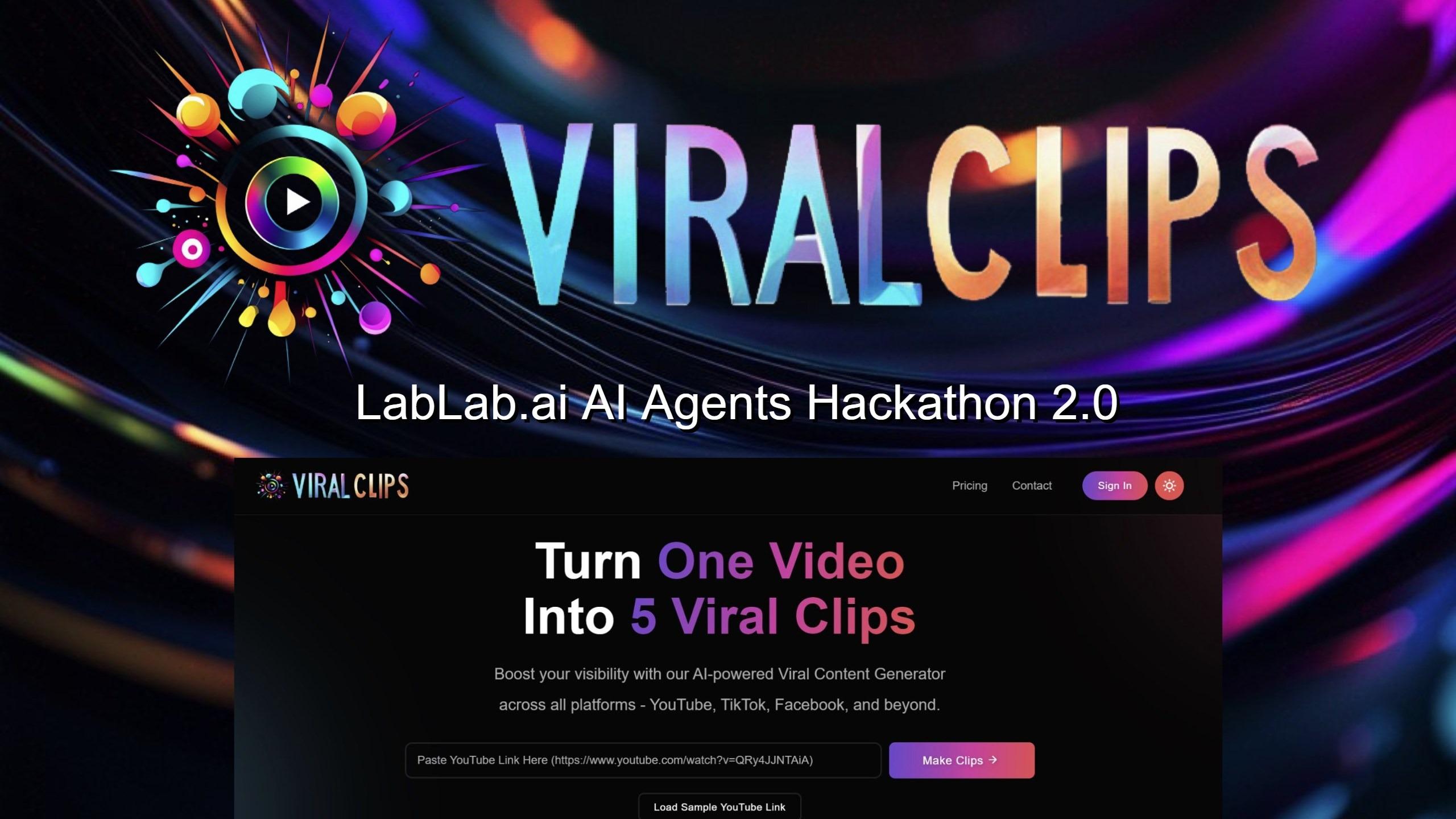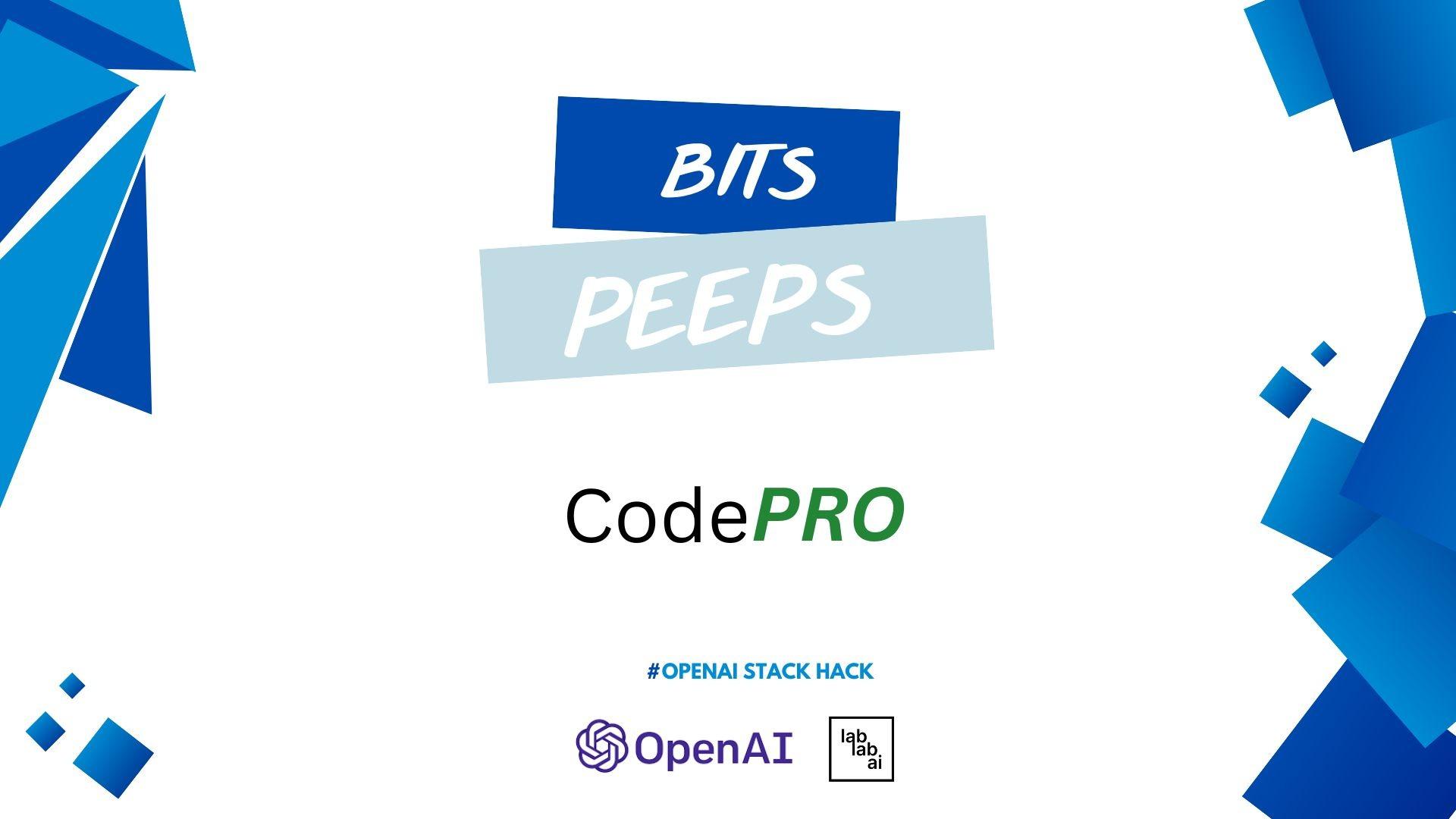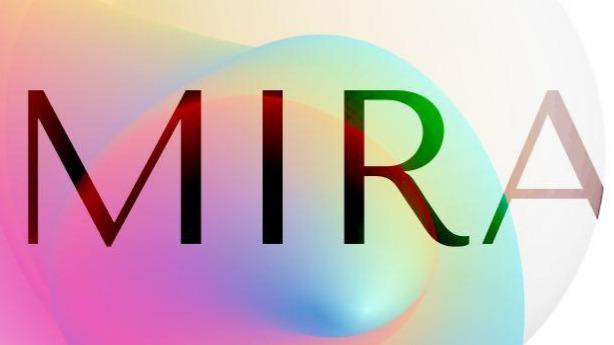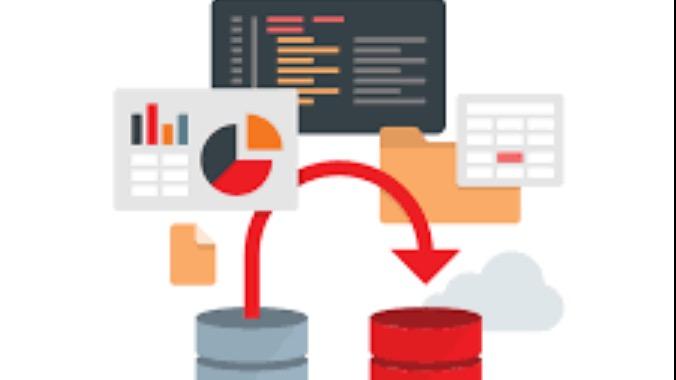OpenAI Codex AI technology Top Builders
Explore the top contributors showcasing the highest number of OpenAI Codex AI technology app submissions within our community.
OpenAI Codex
OpenAI Codex is an artificial intelligence model developed by OpenAI. It parses natural language and generates code in response. It is used to power GitHub Copilot, a programming autocompletion tool. Codex is a descendant of OpenAI's GPT-3 model, fine-tuned for use in programming applications. OpenAI has released an API for Codex in closed beta. Based on GPT-3, a neural network trained on text, Codex has additionally been trained on 159 gigabytes of Python code from 54 million GitHub repositories. You can find more information here https://openai.com/blog/openai-codex/
| General | |
|---|---|
| Relese date | August 31, 2021 |
| Author | OpenAI |
| Repository | - |
| Type | Autoregressive, Transformer, Language model |
Start building with Codex
We have collected the best Codex libraries and resources to help you get started to build with Codex today. To see what others are building with Codex, check out the community built Codex Use Cases and Applications.
👉 Discover more Codex Tutorials on lablab.ai
Boilerplates
Kickstart your development with a Codex based boilerplate. Boilerplates is a great way to headstart when building your next project with Codex.
- Codex Boilerplate Create a function just by typing what it should do, with help of OpenAI Codex.
Libraries
A curated list of libraries and technologies to help you build great projects with Codex.
- OpenAI Codex Python Client Library The OpenAI Python library provides convenient access to the OpenAI API from applications written in the Python language.
- OpenAI Codex NodeJS Client Library The OpenAI Node.js library provides convenient access to the OpenAI API from Node.js applications.
OpenAI Codex AI technology Hackathon projects
Discover innovative solutions crafted with OpenAI Codex AI technology, developed by our community members during our engaging hackathons.





